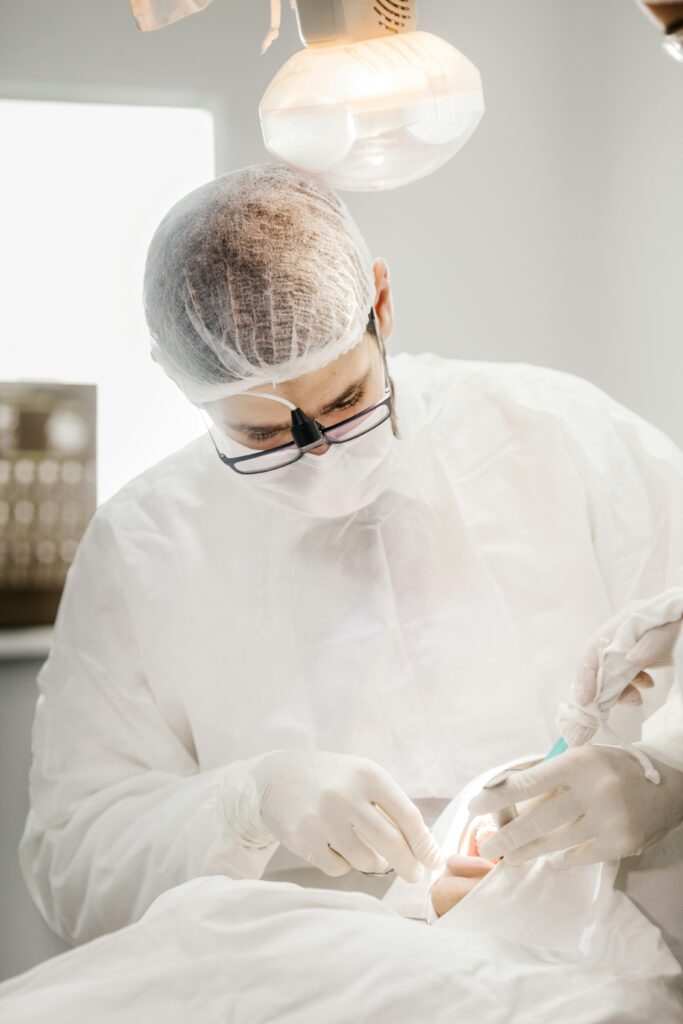
Anytime you Google the phrase “top dentists near me,” you want to find professionals that use the latest dental technologies in their office. Technology helps dentists deliver personalized & quality care and connect better with patients.
For example, dental imaging is not only less invasive than typical X-rays but is also more accurate. Laser technology is more precise than conventional methods and offers faster patient healing times. Equally, CAD fabrication improves the quality of dental restorations and minimizes treatment time.
Let’s learn about these technologies in detail and how they will make your dental office visit this year more comfortable.
Dental Imaging and its Use in Personalized Dentistry
Digital imaging technology, via 3D cone beam CT scans, has changed treatment planning for dental procedures. These tools offer detailed, 3-D images of the oral structures, allowing the dentist to evaluate bone density, spot potential issues, and create a personalized treatment plan with unmatched accuracy.
Typical X-rays showing a limited picture are quickly becoming obsolete as more dentists embrace dental imaging technology. From one 3-D scan, they can see your teeth, nerves, muscles, disease, infection, and more.
So, during your next visit to the best dentist in Redwood City, you will likely see them using 3D imaging technology in the following procedures:
- Dental implant placement
- Sleep apnea treatment
- Root canal therapy
- Tooth extraction
- TMJ treatment
- Oral surgery and many more!
Minimally Invasive Dentistry
Frightening stories of painful procedures have prevented many from visiting the dentist’s office for years. However, this is all in the past, thanks to Minimally Invasive Dentistry (MID).
Basically, MID is a type of dentistry that aims to provide less discomfort and pain during procedures. No nail-biting sounds and use of traditional dental tools, especially drills.
Below are the most common types of MID technologies:
Laser technology
It helps to visit dental offices that offer laser dentistry in the Bay Area. This is because laser technology has made dental surgeries and procedures less invasive. For example, it eliminates the need to use anesthesia to fill cavities or cut the gums to access an impacted tooth.
The technology is also used to treat tooth sensitivity, reshape gum tissue, remove soft tissue folds, and perform cosmetic procedures. Moreover, the highly concentrated light beams in laser procedures help keep bleeding and swelling to a minimum. Less bleeding and swelling translates to faster recovery times.
Fluoride Therapy
Fluoride Therapy is another common minimally invasive procedure offered in the Bay Area. It is used to control tooth decay. It involves applying fluoride to teeth that have cavities or are susceptible to getting them. Through technology, dentists are able to do this in a controlled and targeted manner.
Air Abrasion
As an alternative to intrusive drilling, air abrasion technologies operate on the premise of high-speed particulate matter directed toward a treatment area. Dentists use abrasion dentistry to remove cavities or diseased tooth structures with pinpoint- accuracy and often forego the need for sedation medications or local anesthetics. In instances where remineralization is not possible, and there is decay, air abrasion dentistry emerges as a highly effective solution, characterized by its minimal invasiveness.
Onlays and Inlays
These minimally invasive dental restorative techniques are used to repair tooth cracks and decay. Both procedures begin with the dentist thoroughly cleaning the tooth before applying porcelain or composite resin. These restorations mirror the natural shape of teeth, ensuring a flawless blend with the surrounding teeth.
Computer-Aided Dental Fabrication and Imaging
This technology involves using computer software to design and fabricate dental restorations. It encompasses two primary elements: Computer-Aided Design (CAD) and Computer-Aided Manufacturing (CAM).
CAD: Helping Design Your Future Smile
The CAD part of the technology focuses on building a virtual 3D model of required dental restoration. Cosmetic dentists in Redwood City use specialized software to create an accurate depiction of the teeth and surrounding oral structures.
This digital model allows accurate modification and customization for optimal functionality and aesthetics. CAD also enables the simulation of different materials, shades, and sizes, helping to select the most ideal restoration.
CAM: Brings the Design to Life
After the CAD phase, the virtual design is transferred to the CAM part of fabrication. CAM technology utilizes computer-controlled machinery, like 3D printers or milling machines, to build or carve the physical restoration. Since everything is computer-controlled, there is a minimal chance of human error.
Modernized Dental Treatments Available at Blue Turtle Dental
Incorporating technology into dentistry has ushered in a new era of innovation and patient-centered care. At Blue Turtle Dental, we are committed to leveraging the latest technologies to offer you efficient and comfortable dental experiences tailored to your unique needs. Request an appointment today to learn more about our specialty services and minimally invasive procedures.




